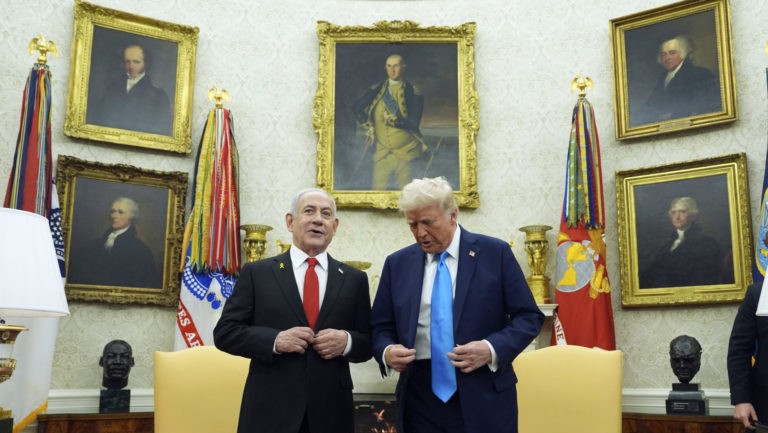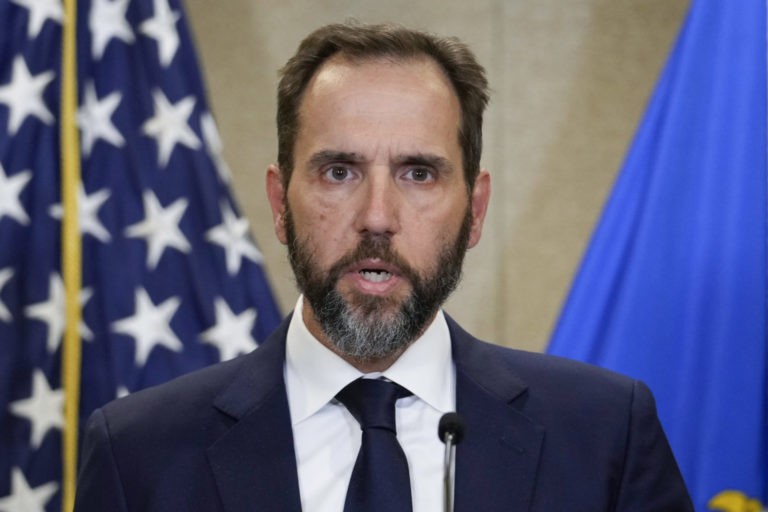(Mike Maharrey, Money Metals News Service) Is Wall Street starting to embrace gold?
For years, mainstream investment gurus have steered clients away from gold. But with the yellow metal gaining more than 87 percent since January 2024, it’s getting hard to ignore the yellow metal.
Morgan Stanley CIO Michael Wilson recently came out with an investment strategy that includes a 20 percent allocation to gold.
Historically, the conventional wisdom on Wall Street was a 60/40 portfolio, with 60 percent of the holdings in equities and 40 percent in fixed-income investments, primarily bonds. The theory is that these asset classes balance each other, with stocks strengthening in a strong economy and bonds creating a hedge during downturns.
However, bonds have lost their safe-haven status in recent months. Last spring, at the height of tariff uncertainty, gold rallied as bonds sold off.
This was not business as usual during a time of stock market weakness and general market instability. As CNBC noted at the time, “Treasuries and the dollar typically benefit from flight-to-safety environments, a function of the U.S.′ historical financial strength.”
That happened early in the trade war, but it quickly unraveled.
It’s also very unusual for gold to rally when bond yields are rising. This underscores the fundamental strength of the yellow metal in the current market environment.
Given the changing market dynamics, Wilson said investors should consider a 60/20/20 strategy, swapping half of the bond portfolio for gold to serve as a “more resilient” inflation hedge.
“Gold is now the anti-fragile asset to own, rather than Treasuries. High-quality equities and gold are the best hedges.”
There is a general pivot away from U.S. debt globally. For the first time since 1996, foreign central banks hold more gold than U.S. Treasuries as the world continues to de-dollarize.
This makes sense given the growing worries about the U.S. government’s fiscal irresponsibility. In August, the national debt pushed above $37 trillion, and there is no sign that the borrowing and spending will slow down any time soon.
Earlier this year, analyst Artis Shepherd called the sagging demand for U.S. Treasuries “red lights blinking.”
“The bond market is sending a message to the U.S. government that its spending is out of control and the reserve currency ‘privilege’ it has abused for the last 80 years is running out.”
A Seismic Shift
A major investment firm like Morgan Stanley abandoning the venerable 60/40 portfolio represents a seismic shift in the investing world.
It’s not clear why American investing advisors have historically spurned gold. I would argue it is fiduciary malpractice to steer clients away from the yellow metal, given the persistent inflationary environment we live in. After all, gold is an inflation hedge.
However, investment advisors don’t earn big brokerage fees when clients buy gold.
We also suffer from institutional ignorance.
In a world of fiat money, many advisors simply don’t understand gold’s centuries-long performance as money and its role as a hedge against debasement. We’ve also lived through nearly two decades of artificially low interest rates and monetary stimulus that have boosted stocks and real estate. We have a generation of advisors who think zero percent interest rates are normal and view gold through a short-term price lens instead of as a monetary insurance policy.
Additionally, I think there is also a bias against gold because the entire global financial paradigm depends on people’s faith in fiat money. Gold undermines that faith. But we are reaching a point where even the mainstream players can’t ignore reality. The fiat system is getting shaky.
As an article published by the Charts and Parts Substack noted, “Morgan Stanley just blinked.”
“Gold now has a real seat at the table.”
This could lead the way to a broader institutional shift in strategy.
“Nobody likes to go first — not in markets, not in start-ups, not in fashion. But once the ice breaks, the floodgates can open. … This isn’t the avalanche. It’s a snowflake. But snowflakes can start a slide. Morgan Stanley broke the 60/40. Capital tilts toward gold.”
It will be interesting to see if other mainstream advisors follow suit. But whether they do or not, you should consider rebalancing your portfolio to include gold if you haven’t already. The policies and economic dynamics driving this gold rally aren’t going away any time soon. This monetary malfeasance can’t be voted away. The best thing you can do is prepare and shield yourself from the inevitable consequences.
Mike Maharrey is a journalist and market analyst for Money Metals with over a decade of experience in precious metals. He holds a BS in accounting from the University of Kentucky and a BA in journalism from the University of South Florida.










